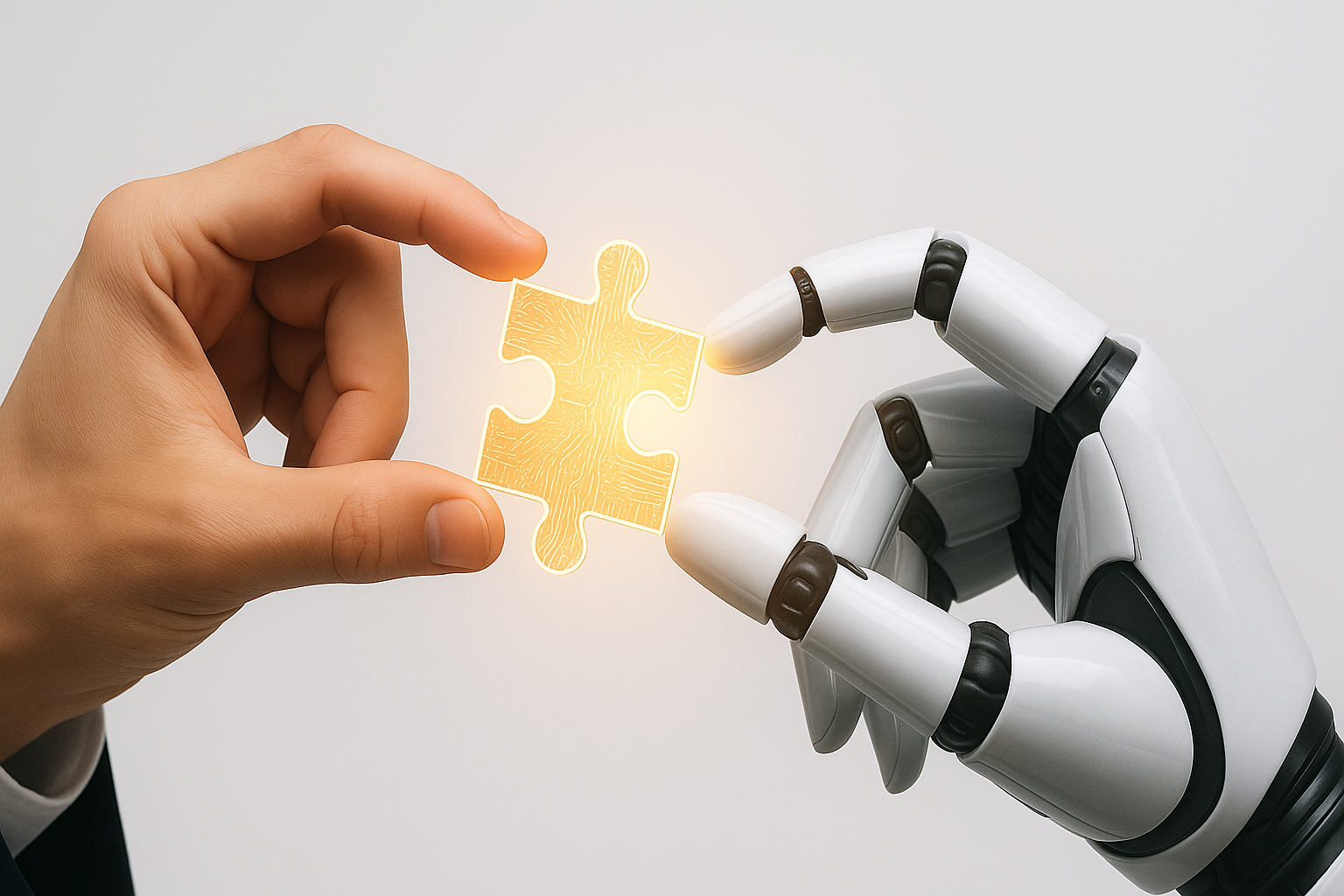
For decades, the hiring process was a linear, transactional affair. A role opened, résumés were screened, interviews were conducted, and an offer was (hopefully) extended. It was a purely operational and bureaucratic step, often siloed within the HR department, with a singular focus: finding a candidate with the right technical skills. The journey began on the employee's first day, and the concept of candidate experience was virtually non-existent.
But the business landscape has shifted dramatically. In today's competitive market, where talent is the ultimate currency, companies have realized a profound truth: recruitment is not the end of a search; it's the beginning of a relationship. It has evolved from an administrative function into a strategic pillar for building a powerful employer brand and a thriving organizational culture.
This transformation marks a fundamental change in how companies attract and secure top talent. Let's explore how the hiring process became an integral part of the employee engagement culture.
The “Old World”: The Transactional Model of Hiring
In the past, the recruitment process was characterized by:
- One-Way Communication: Companies held all the power. Information was guarded, and the flow was primarily from the candidate to the company.
- Focus on Hard Skills: The checklist ruled the process. Did the candidate have the specific degree, software proficiency, and years of experience?
- The “Black Hole” Effect: Applicants often submitted résumés into a void, receiving no confirmation or feedback—a major negative for employer branding.
- A Siloed HR Function: Hiring was separate from company culture. The goal was to fill a vacancy, not to onboard a cultural ambassador.
This model was efficient on paper but failed to see the candidate as a future employee. It ignored the critical fact that a candidate's perceptions during hiring directly shape their engagement, loyalty, and advocacy from day one.
The Catalyst for Change: The Rise of the Candidate-Driven Market
Several forces converged to drive this evolution:
- Digital Transparency: Platforms like Glassdoor and LinkedIn gave candidates unprecedented insight into company cultures and interview processes. A bad candidate experience could now publicly damage an employer brand.
- The War for Talent: With specialized skills in high demand, top candidates have options. They are not just interviewing for a company; the company is being interviewed by them.
- The Cultural Imperative: Studies consistently show that company culture is a key driver of performance, innovation, and retention. Companies can no longer afford to hire for skill alone; they must hire for cultural fit.
The “New World”: Recruitment as the First Chapter of the Employee Journey
Today, strategic companies treat recruitment as the inaugural stage of the employee lifecycle. This modern approach is holistic and human-centric.
Key Elements of the Modern Hiring Process:
- Employer Branding as a Magnet: Companies proactively craft and communicate their mission, values, and work environment. They use social media recruiting, compelling career pages, and employee testimonials to attract individuals who align with their culture.
- Candidate Experience as a Priority: Every touchpoint is meticulously designed — from prompt communication and transparent timelines to constructive feedback and respectful interactions. A positive experience here sets the stage for high employee engagement.
- Assessing for Cultural Add, Not Just Cultural Fit: Forward-thinking companies look beyond whether a candidate “fits” the existing culture and consider what unique perspectives they can add to it. This fosters diversity of thought and innovation.
- The Interview Becomes a Two-Way Conversation: Interviews have shifted from interrogations to collaborative dialogues. Hiring managers sell the vision of the role and the company just as much as they assess the candidate's capabilities.
- Onboarding Begins at Offer Acceptance: The engagement process doesn’t pause after the contract is signed. Proactive communication, pre-start meet-and-greets, and ensuring the new hire’s workspace is ready on day one all contribute to a seamless transition.
The Direct Link to Employee Engagement
Why does this evolved recruitment strategy directly impact employee engagement?
- It Sets the Psychological Contract: A transparent and respectful hiring process creates a foundation of trust and mutual respect. When promises made during recruitment are kept, it validates the employee’s decision to join.
- It Fosters Immediate Connection: New hires who felt valued and informed from the very beginning arrive with enthusiasm and a sense of belonging. They are pre-engaged.
- It Reduces Early Turnover: A misaligned hire, whether in skills or culture, is costly. A robust process that accurately assesses both significantly increases the likelihood of long-term retention and success.
- It Creates Brand Advocates: Even candidates who aren’t selected can become fans of your company if treated well, expanding your talent pool for the future.
A Strategic Imperative
The evolution of the hiring process is complete. It is no longer a back-office function but a front-line, strategic activity essential for business success. By weaving the principles of employee engagement into the very fabric of recruitment, companies do more than fill seats — they build cohesive, motivated, high-performing teams.
In the end, a world-class recruitment strategy is your first and most powerful opportunity to show a future employee that they are more than just a resource — they are valued members of a community united by a shared purpose. And that is the very definition of a strong organizational culture.





















